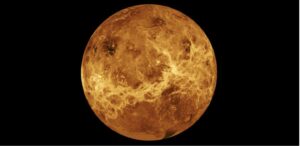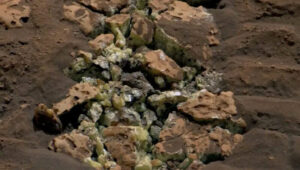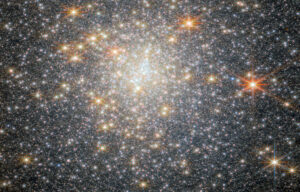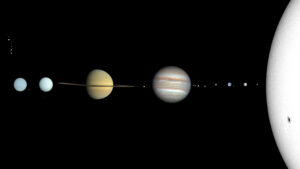In July 1952, a curious incident happened at California’s Palomar Observatory, as astronomers photographed the night sky. At 20:52, one of their images shows three stars clustered together. Less than an hour later, at 21:45, the same astronomers photographed the same patch of sky, and the stars had vanished.
The mysterious “missing” stars have baffled scientists ever since. Stars don’t just vanish. Their brightness might fluctuate, and they can explode, but they don’t simply disappear in less than an hour.
A sudden loss of brightness?
Researchers have suggested that perhaps the stars dimmed to a level invisible in the second photo, or any photo since. Yet this would mean that their brightness suddenly decreased by a factor of at least 10,000.
If accurate, this conclusion would not solve the mystery. How and why did three stars dim so quickly? This week, a new research team tackled the 70-year-old conundrum and came up with three potential explanations. It should be noted that their results are not yet peer-reviewed.

The Palomar Observatory. Photo: Shutterstock
Their first theory is that there were never three stars. They posit that the photographic plate captured a single star during a transient increase in its brightness. Fast radio bursts from a magnetar might create sudden, short-lived brightness. As this was happening, a stellar-mass black hole could have passed between Earth and the star, creating the illusion of three separate stars because of gravitational lensing. Theoretically, these events could line up, but it would be so incredibly rare that it is quite hard to believe.
The team’s second hypothesis is that the bright objects were not stars. The three points are all within 10 arc-seconds of each other, and no further than two light-years away. The team suggested they could be Oort Cloud objects, illuminated by an unknown event. The Oort Cloud is a giant spherical layer around the solar system, made of orbiting, icy space rocks. The researchers suggest that by the time the astronomers took the second set of photos, these objects had continued their orbit and were no longer in the frame.

The arrow shows the location of the three mystery objects. Palomar Observatory/Solano, et al. 2023
Dirt on the lens
The final, and least exciting theory, is that the stars did not exist at all. Perhaps they were merely marks on the photographic plates. The Palomar Observatory is relatively close to New Mexico, where nuclear weapons were tested. Radioactive dust could have landed on the plate, creating bright spots on the image.






